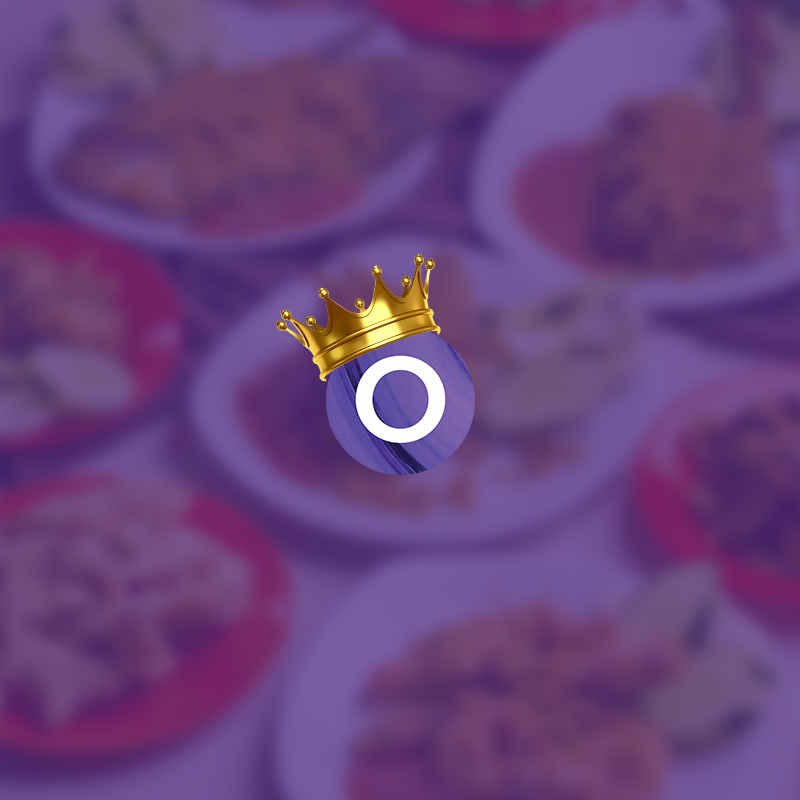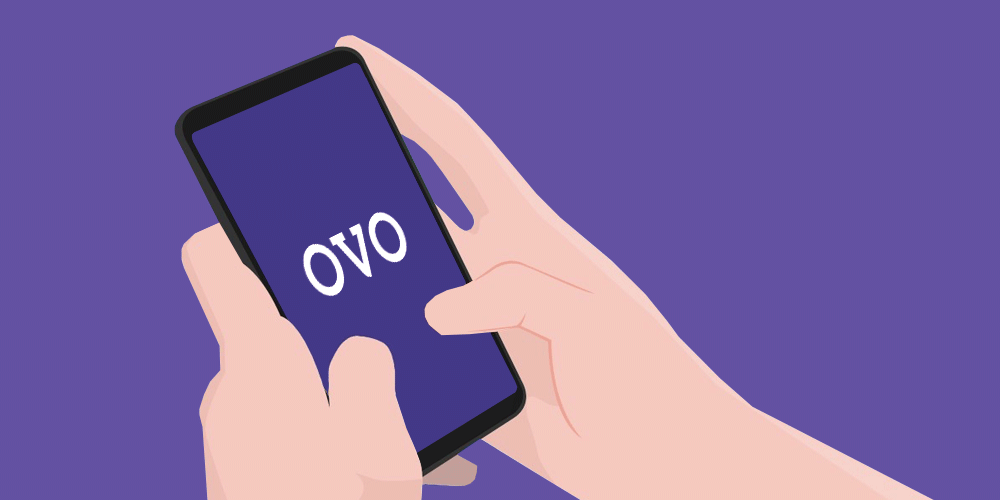
Amid the 'COVID-19' coronavirus pandemic, people rely more on digital payment and cashless transactions. And this shifted the flow of money quite a bit in Indonesia.
Back in 2019, the public's awareness of peer-to-peer (P2P) lending was pretty low. According to a report titled Fintech Report 2019, 82.7% of Indonesians were aware of digital wallet platforms, while 62.4% were aware of digital investment and 56.7% of pay-later services.
But only 21.5% of Indonesians were aware of P2P lending, which is regarded by many as the main driver of financial inclusion.
"This proves that people consider digital wallets, investment and pay-later [services] as popular financial products relating to technology," said the report, which published by state-owned PT Bank Rakyat Indonesia (BRI) and its investment arm, BRI Ventures, and conducted by DS Research.
Back in 2019, GoPay, the payment arm of Gojek, outperformed OVO in terms of digital payment use. That despite public awareness of OVO was higher than that of GoPay, with as much as 99.5% of the 1,500 respondents were aware of payment app OVO.
This was slightly higher than the 98.5% who were aware of GoPay.
However, 83.3% of respondents used GoPay, compared with 81.4% who use OVO.
But during this crisis, the trends shifted as more people started to understand how digital payment systems can really help in transacting and purchasing.
And with this, OVO that experienced a surge in usage, is finally able to surpass its older competitor.
According to a survey by global fintech organization Rapyd, e-wallet OVO has become the most preferred payment method in Indonesia. The survey also found that online payments are already more popular than bank payments in Indonesia, as well as other emerging markets in Asia.
The survey report titled Asia Pacific E-commerce and Payment Guide 2020 showed that OVO was the most used e-wallet for online and offline payments during March and April, followed by debit cards, ATM transfer and the GoPay e-wallet.

“While debit cards are frequently used, they score low in popularity, highlighting the stronghold e-wallets have on everyday transactions,” the report said.
In the survey, 17.8% of respondents said they preferred the OVO e-wallet over BCA’s online banking service klikBCA (12.2%), ATM transfers (10.4%) and the DANA e-wallet (8.6%).
This survey is in line with what Deputy Governor of Bank Indonesia stated in an event held in November 9, 2020.
During the event that discussed how fintech can help heal Indonesia's economy, it was also said that OVO conquered 20% of Indonesia's digital payment, followed by GoPay and Bank Mandiri, each with 19% share. The rest went to DANA dan BCA, each with 10% share.
Shopeepay for e-commerce Shopee wasn't on the list.
What's more, it's also OVO's P2P lending services that also boosted its usage.
This is a huge shift, considering that in 2015, banks were still dominating.
OVO was founded in 2016, and received permission to operate as a fintech company throughout Indonesia on September 2017.
In December that year, it was announced that Tokyo Century Corporation had invested $116 million for a 20% stake in the startup. In 2019, it was reported that Indonesian e-commerce giant Tokopedia has also invested in the company.
In 2019, when OVO had 110 million users spread across 300 Indonesian cities, its parent company Lippo Group sold some of its shares to Softbank Group.
